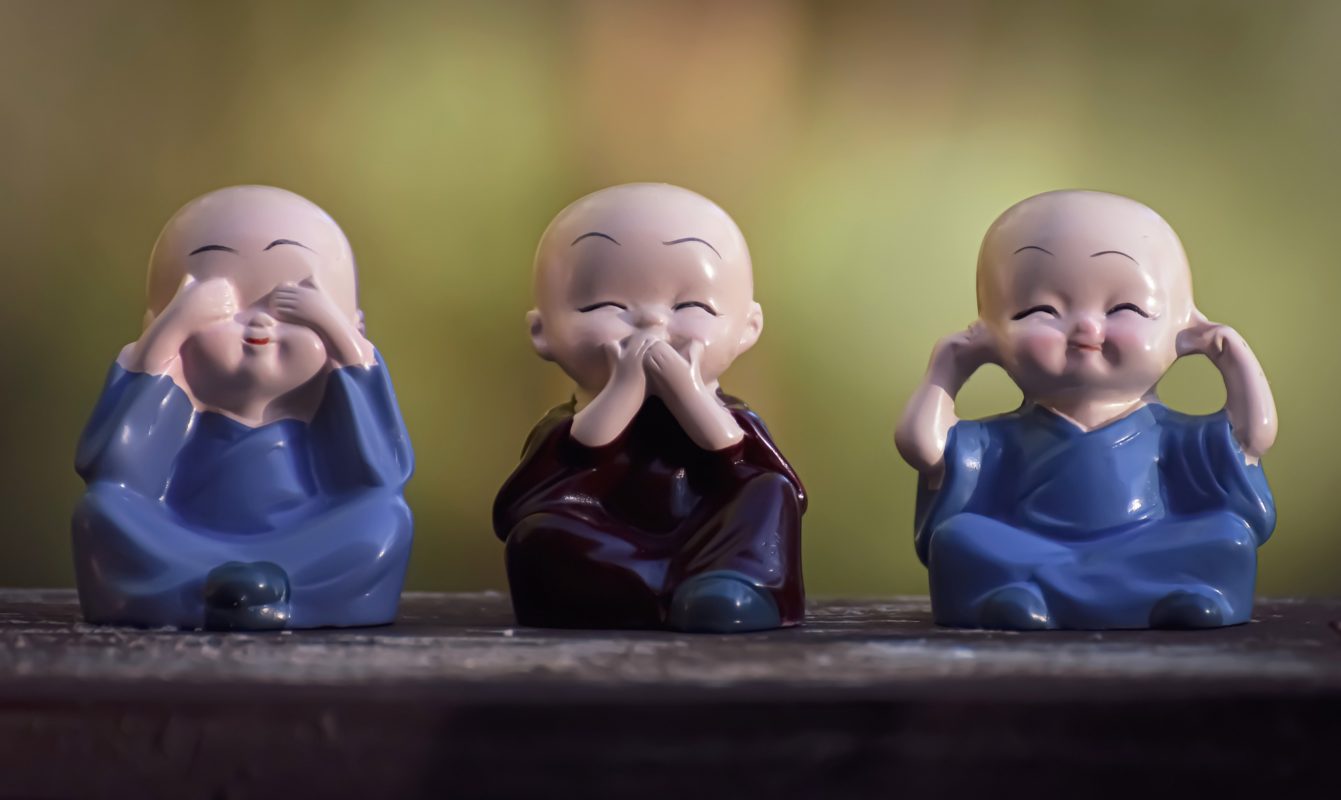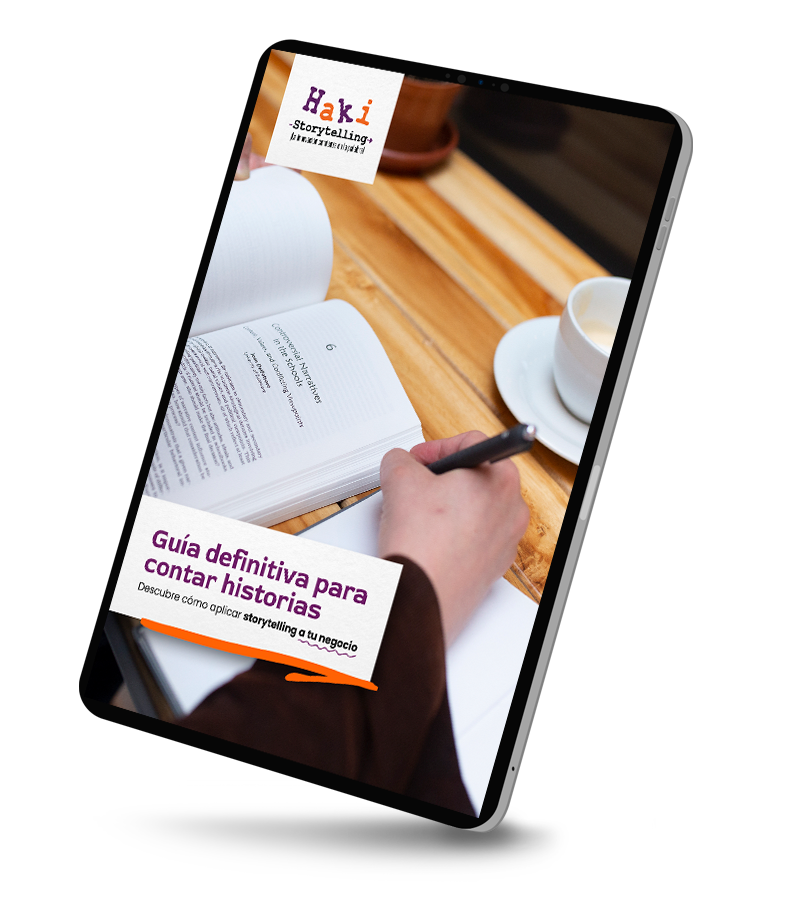Está claro que hacer sentir bien a las personas al momento de contar una historia, personal, corporativa o de cualquier tipo, debe ser uno de nuestros principales objetivos. Nuestra historia debe ser una invitación, a través de una narrativa, que le ofrecemos a nuestra audiencia, para debemos reforzar lo que esta cree, al mismo tiempo que debe vislumbrar un futuro lleno de posibilidades. Creo que el storytelling pierde gran parte de su esencia cuando únicamente lo vemos como una herramienta que nos sirve para atrapar clientes e incrementar las ventas de un producto o servicio.
Hace un tiempo leí un artículo que decía que en un minuto se crean alrededor de 800.000 piezas de contenido, lo que significa que al año se crean 420 billones de escritos. Nuestra historia se encuentra en ese extenso mar de las comunicaciones y, fácilmente, se puede perder en él.
Por eso creo que no es tan malo si nuestra audiencia siente un poco de repulsión en el momento que por primera vez se enfrenta con nuestra historia. Con esto no me refiero a que las personas se sientan mal con la narrativa que les presentamos, pero sí deberíamos lograr que se cuestionen el estado de los eventos, en otras palabras que pongan en tela de juicio las historias que, por tradición, se han establecido como verdades en sus vidas.
Si logramos crear ese tipo de shock con nuestra historia, si nuestra audiencia llega a pensar: ¡Huy! Nunca había tenido en cuenta ese punto de vista”, de seguro captaremos su atención. De igual manera puede ser el punto de partida en el cual iniciaremos todo un proceso, ya no de repulsión sino atracción, en el cual sintonizaremos a nuestra audiencia en nuestra misma frecuencia personal y/o corporativa.
A LITTLE BIT OF REPULSION TOWARDS YOUR STORY DOESN’T HURT
It is clear that making people feel good when it comes to tell a story whether is personal, corporate or any kind, is one of our main objectives. Our story, presented in a narrative, must be an invitation that we offer to our audience, in which we must reinforce what they already believe in, and at the same time, give a glimpse of a future full of possibilities. I believe that storytelling loses a big part of its essence, when we just see it as a tool that serves to catch customers and increase products and services sales.
Some time ago I read an article that said that in a minute about 800.000 pieces of content are created. That means that 420 billions of pieces are created per year. Our story finds itself in that vast forest of communications, and could easily get lost.
That is why I think that is not too bad that our audience feels a little bit of repulsion the first time it faces our story. With this I don’t mean that people should feel bad with the narrative that we present, but we should make them question the status quo, in other words they should put into question those stories that, for tradition, has been stablished as truths in their lifes.
If we get to create that kind of shock with our story, if our audience gets to think: “¡Whoa! I’d never took in account that point of view”, for sure we will get their attention and at the same time it could be the starting point of a communication process, not of repulsion but attraction, in which we would tune our audience in our same personal or corporative frequency.





